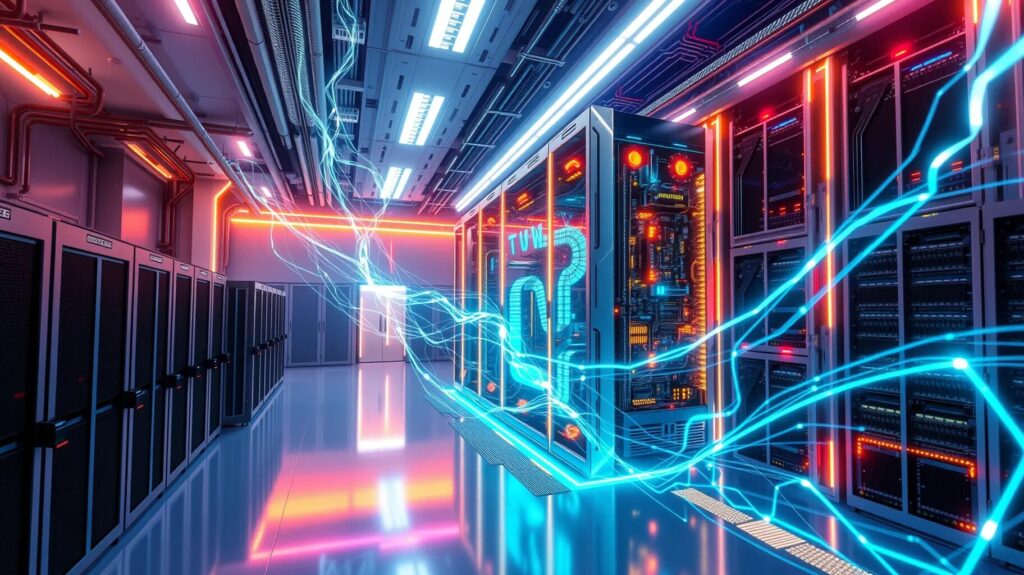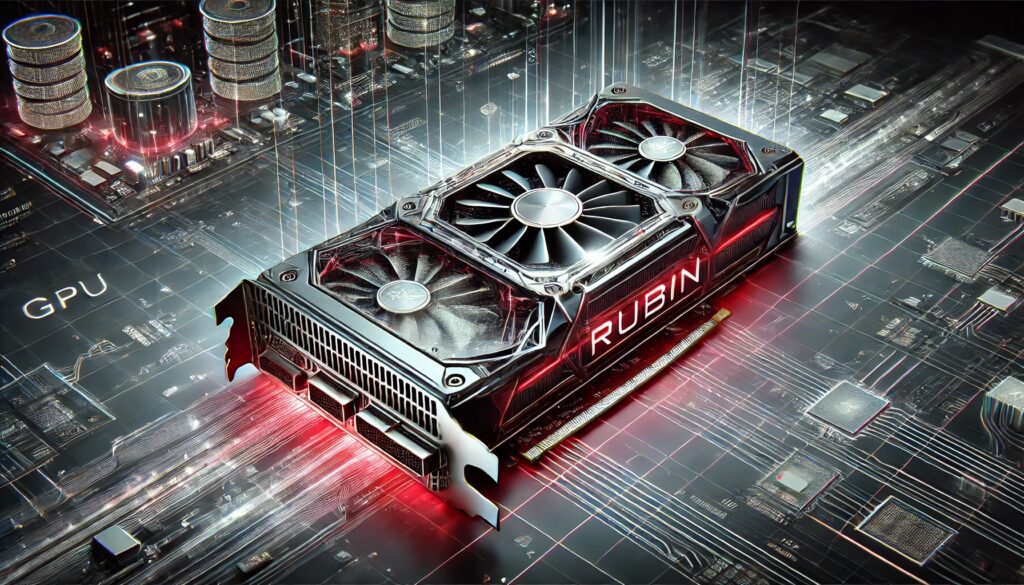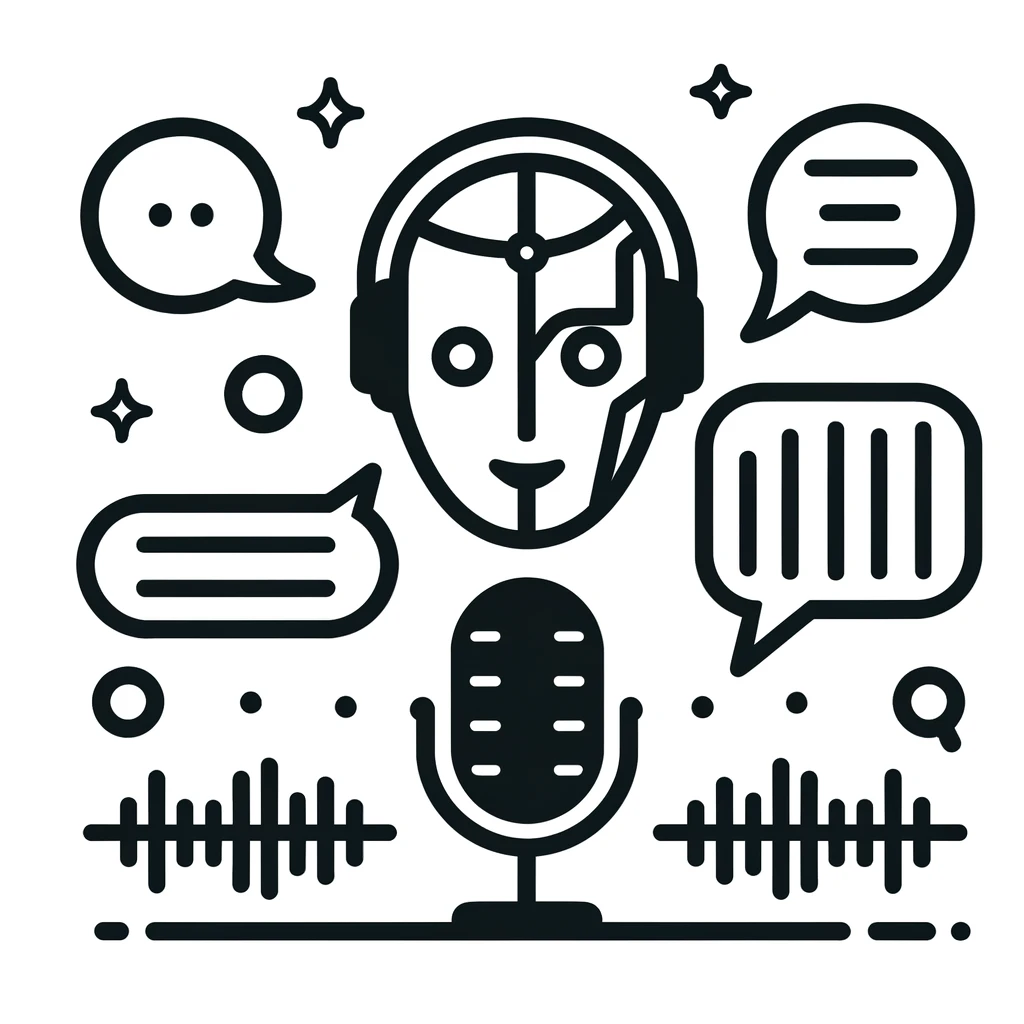
AI’s Leap Towards Human-Like Decision-Making
Imagine a world where artificial intelligence (AI) can think and decide just like humans. This isn’t a far-off dream but a burgeoning reality, thanks to a revolutionary neural network model called RTNet. Developed to mimic human decision-making processes, RTNet is setting new standards in the AI field. Short for Real-Time Neural Networks, RTNet represents the next quantum leap in AI development, promising not just to enhance existing capabilities, but to redefine the landscape of what’s possible in real-time decision-making and processing.
What is RTNet?
RTNet isn’t just an evolution of current neural networks; it’s a revolution. It’s built on the premise that the future of AI requires not just accuracy and intelligence, but speed—speed in processing, adapting, and responding to ever-changing data in real-time. In essence, RTNet is designed to overcome the latency and computational inefficiencies that limit current neural networks, making it possible to deploy AI in scenarios where milliseconds matter.
Imagine an AI system that can learn and make decisions as fast as data is being generated—without the need to pause for retraining or rely on massive server farms for processing. That’s RTNet. It’s a neural network architecture specifically optimized for speed and efficiency, capable of adapting on the fly to new information without the performance bottlenecks that traditional neural networks often encounter.
The Evolution of Neural Networks: From Past to Present
To appreciate the significance of RTNet, it’s essential to trace the evolution of neural networks from their inception. The earliest neural networks were rudimentary, designed to mimic the simplest aspects of human cognition. These early models were limited in scope and application, capable of handling only basic pattern recognition tasks. However, as computational power increased and more sophisticated algorithms were developed, neural networks evolved into more complex structures.
- Convolutional Neural Networks (CNNs): These became the cornerstone of image and video recognition. By mimicking the way the human visual cortex processes images, CNNs revolutionized the field of computer vision, enabling AI to not just identify objects in images, but also understand context, depth, and even emotions.
- Recurrent Neural Networks (RNNs): RNNs brought a new dimension to AI by introducing the concept of memory. This allowed neural networks to handle sequence prediction tasks, such as language modeling and time-series forecasting. RNNs paved the way for natural language processing (NLP) applications, making AI-powered chatbots, translators, and virtual assistants possible.
- Transformers and Deep Learning: With the advent of transformer architectures, neural networks reached new heights in processing large datasets and understanding complex patterns across multiple modalities. Transformers, coupled with deep learning techniques, enabled breakthroughs in areas such as generative AI, where machines can create new content—whether text, images, or even music—based on learned patterns.
Despite these advancements, traditional neural networks have inherent limitations. They are computationally intensive, often requiring vast amounts of data and specialized hardware to function efficiently. Moreover, they struggle with real-time processing, as they are typically designed to batch process data rather than handle continuous, streaming inputs. This is where RTNet steps in, bridging the gap between high performance and real-time adaptability.
RTNet is a game-changer, offering unprecedented advancements in neural network performance— AI Expert
The Pillars of RTNet: What Sets It Apart
RTNet’s revolutionary capabilities rest on three foundational pillars that set it apart from previous neural network architectures: adaptive learning, resource efficiency, and scalability.
1. Adaptive Learning Algorithms
One of RTNet’s most transformative features is its adaptive learning capability. Traditional neural networks typically require retraining when new data becomes available—a process that can be time-consuming and resource-intensive. This is especially problematic in environments where data is constantly changing, such as in autonomous systems or live financial markets.
RTNet, on the other hand, is built to learn and adapt in real-time. It employs algorithms that can modify their learning pathways as new data is introduced, without the need for full retraining. This ability to adapt on the fly means that RTNet can continuously improve its performance, even as it encounters new scenarios. Imagine an AI system that, when confronted with a new type of obstacle, can instantly update its understanding and navigate the situation without missing a beat—that’s the power of adaptive learning in RTNet.
2. Efficient Resource Utilization
Efficiency is at the core of RTNet’s design. Unlike traditional neural networks that often require high-performance GPUs and massive computational clusters to operate effectively, RTNet is optimized to run on a wide range of hardware configurations, from powerful cloud servers to low-power edge devices.
This is achieved through innovations in both software and hardware optimizations. RTNet’s architecture is designed to minimize the computational load by using advanced compression techniques, pruning unnecessary neural connections, and employing lightweight models that can perform complex tasks with minimal resources. This not only reduces the energy footprint of AI systems but also makes it feasible to deploy real-time AI applications on devices where power and space are limited, such as in smartphones, IoT devices, and autonomous drones.
3. Scalability and Flexibility
RTNet is designed to scale across diverse environments and applications, from small, embedded systems to expansive cloud-based platforms. This scalability is one of RTNet’s key strengths, enabling it to be deployed in a variety of contexts without requiring significant modifications to its core architecture.
For instance, in large-scale industrial applications, RTNet can be integrated into existing cloud infrastructures to process vast amounts of data in real-time. Conversely, in smaller, more localized settings, such as wearable technology or smart home devices, RTNet can operate with limited computational power while still delivering real-time performance. This flexibility ensures that RTNet can meet the demands of a wide range of applications, regardless of scale.
RTNet in Action: Real-World Applications
The theoretical benefits of RTNet are compelling, but it’s in real-world applications that its true potential becomes evident. RTNet’s capabilities have the power to transform industries by enabling new levels of efficiency, accuracy, and responsiveness in AI systems.
1. Autonomous Vehicles
In the realm of autonomous vehicles, RTNet could be the key to unlocking fully autonomous driving. Current systems rely on a combination of sensors, cameras, and LIDAR to navigate the world, but they often struggle with the latency between data collection and decision-making. RTNet’s real-time processing capabilities would allow autonomous vehicles to process vast amounts of sensory data instantaneously, making split-second decisions that could prevent accidents and optimize driving efficiency.
Moreover, RTNet’s adaptive learning would enable these vehicles to continuously improve their driving algorithms, learning from every journey and adapting to new road conditions, traffic patterns, and unexpected obstacles in real-time.
2. Healthcare and Medical Diagnostics
In healthcare, RTNet’s real-time processing capabilities could revolutionize patient monitoring and diagnostics. For example, in intensive care units, RTNet could be used to monitor patient vitals continuously, analyzing data in real-time to detect early signs of deterioration and alert medical staff before a crisis occurs. This could be particularly beneficial in situations where time is of the essence, such as in cardiac care or emergency response.
Additionally, RTNet could enhance the capabilities of AI-powered diagnostic tools. For instance, in radiology, RTNet could analyze medical images as they are being captured, providing instant feedback to clinicians and potentially reducing the time required for diagnosis and treatment planning.
3. Financial Trading and Market Analysis
The financial markets move at lightning speed, where milliseconds can mean the difference between profit and loss. RTNet’s ability to process and analyze market data in real-time could provide traders with an unprecedented edge. By analyzing vast streams of data, identifying trends, and executing trades almost instantaneously, RTNet could enable a new generation of AI-driven trading algorithms that outperform even the most sophisticated systems in use today.
Furthermore, RTNet’s adaptive learning could allow it to adjust to market fluctuations and unexpected events in real-time, ensuring that trading strategies remain effective even in volatile markets.
Challenges and the Road Ahead for RTNet
While RTNet holds immense potential, it’s not without challenges. The development and deployment of such a cutting-edge technology require careful consideration of several factors:
1. Security and Reliability
As RTNet is deployed in critical applications such as autonomous driving and healthcare, ensuring the security and reliability of these systems becomes paramount. Real-time systems are particularly vulnerable to cyberattacks, and a compromised RTNet could have catastrophic consequences. Therefore, developers must prioritize building robust security protocols and fail-safes into RTNet systems.
2. Ethical Considerations
The real-time decision-making capabilities of RTNet also raise important ethical questions. For example, in autonomous vehicles, how should an RTNet system prioritize decisions in life-or-death scenarios? These ethical dilemmas need to be carefully considered, with guidelines and frameworks established to ensure that RTNet operates in a manner that aligns with societal values and expectations.
3. Integration with Existing Systems
Another challenge is integrating RTNet with existing infrastructure. Many industries have invested heavily in traditional neural networks and may be hesitant to adopt a completely new system. However, the scalability and flexibility of RTNet may ease this transition, allowing for gradual integration and hybrid models that combine the strengths of both traditional networks and RTNet.
The Future of AI with RTNet
RTNet represents a significant leap forward in the evolution of neural networks, offering the potential to unlock new capabilities and applications in AI. As this technology matures, we can expect to see RTNet playing a pivotal role in the next generation of AI systems, powering innovations that were previously thought impossible.
From autonomous vehicles that navigate the world with unmatched precision, to healthcare systems that provide instant, life-saving diagnoses, RTNet is set to transform the way we interact with technology. As researchers and developers continue to refine and expand the capabilities of RTNet, the boundaries of AI will continue to expand, bringing us closer to a future where real-time, adaptive intelligence is an integral part of our everyday lives.
In the fast-paced world of AI, where speed, adaptability, and efficiency are key, RTNet is poised to be the technology that leads us into the next era of innovation. It’s not just about keeping up with the pace of data generation; it’s about setting the pace, driving forward a new standard in AI performance that will shape the future of technology for years to come.
Related FAQs:
What is RTNet?
RTNet is a new neural network technology designed to enhance AI performance and efficiency.
How does RTNet differ from traditional neural networks?
RTNet introduces advanced algorithms and architectures that significantly improve processing speed and accuracy compared to traditional neural networks.
What are the applications of RTNet?
RTNet can be applied across various fields including healthcare, finance, transportation, and more, offering improved AI solutions and innovations.
Who developed RTNet?
RTNet was developed by a leading AI research team dedicated to advancing neural network technologies.
When will RTNet be available for public use?
RTNet is expected to be available for public use in the coming months, with more details to be announced soon.
How does RTNet improve AI performance?
RTNet leverages cutting-edge algorithms and architectures to enhance the speed, accuracy, and efficiency of neural networks, surpassing traditional models.
What are the key features of RTNet?
Key features of RTNet include faster processing speeds, improved accuracy, energy efficiency, and scalability for various AI applications.
Can RTNet be integrated with existing AI systems?
Yes, RTNet is designed to be compatible with existing AI systems, allowing for seamless integration and enhanced performance.
What industries will benefit most from RTNet?
Industries such as healthcare, finance, transportation, and manufacturing will benefit significantly from RTNet’s advanced capabilities.
Is RTNet open-source?
The development team has plans to release RTNet as an open-source project to encourage community collaboration and innovation.
How can I learn more about RTNet?
You can learn more about RTNet by visiting the official announcement page and following updates from the development team on their website and social media channels.
Conclusion
The advent of RTNet marks a significant milestone in the quest for human-like AI. By embracing stochastic decision-making and mimicking human response times, RTNet offers a glimpse into a future where machines understand and interact with us on a more personal level.
For more insights on the latest developments in AI and neural networks, click here.





